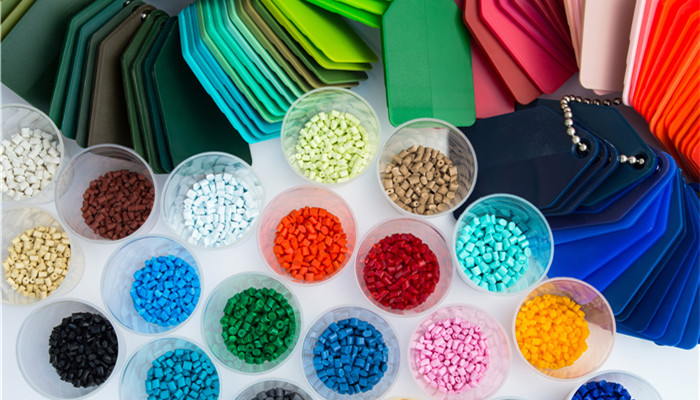
Antibacterial polypropylene is widely used and antibacterial agents are key materials for product production
Antibacterial polypropylene, a high-end polypropylene product, is a new material with antibacterial and bactericidal properties made by adding high-efficiency antibacterial agents to the polypropylene (PP) base material.
Antibacterial agents can be single-component antibacterial agents or multiple-component composite antibacterial agents. From the perspective of ingredient properties, antibacterial agents include inorganic antibacterial agents and organic antibacterial agents. Due to the poor hydrophilicity of organic antibacterial agents, inorganic antibacterial agents are usually used as plastic antibacterial agents. Commonly used ones include silver ions, zinc ions, etc. Antibacterial agents used in the manufacture of antibacterial polypropylene have high performance requirements. Composite antibacterial agents are usually used, such as attapulgite-nano silver, nano-zinc oxide doped with silver ions, etc., to improve antibacterial properties, dispersion, and compatibility.
According to the “China Antibacterial Polypropylene Industry Market In-depth Research and Development Prospects Forecast Report 2023-2028” released by the Industrial Research Center, Antibacterial polypropylene has the characteristics of good antibacterial properties, excellent mechanical properties (high hardness, high yield strength, high tensile strength, high compressive strength, high elasticity), excellent thermal stability, and good electrical insulation. In terms of antibacterial properties, antibacterial polypropylene can inhibit or kill bacteria, mold, algae, etc., such as Escherichia coli, Staphylococcus aureus, Pneumoniae, Candida albicans, etc.
Antibacterial polypropylene has a wide range of uses. It can be used in household appliances such as refrigerators, washing machines, air conditioners, and humidifiers to make antibacterial drawers, pulsators, inner pots, shells and other accessories. It can be used in the field of daily necessities to process antibacterial cutting boards, Lunch boxes, trash cans and other products; can be used to make antibacterial food cling film, fresh-keeping bags, etc.; can be used to make antibacterial non-woven fabrics, used to produce disposable antibacterial hygiene products, medical protective products, etc.; can also be used in electronic products, automotive interiors, Toys and other manufacturing fields.
With the improvement of the quality of life and the strengthening of health concepts, consumers are paying more and more attention to antibacterial materials, and antibacterial plastics are one of the important product types. Polypropylene is one of the four most common plastics, so antibacterial polypropylene has received attention. Especially with the outbreak of the new crown epidemic, the demand for disposable antibacterial hygiene products and medical protective products has increased rapidly, driving the demand for antibacterial non-woven fabrics to rise rapidly. In 2022, the global demand for antibacterial non-woven fabrics will reach about 3.2 million tons, and the market space for antibacterial agent propylene continues to increase.
Industry analysts said that the performance of antibacterial agents directly affects the quality of antibacterial polypropylene materials and has become the focus of research and development. China Petroleum & Chemical Corporation Beijing Research Institute of Chemical Industry developed the powder rubber composite antibacterial agent Narpow. The antibacterial polypropylene produced has an antibacterial rate of >99% and an anti-mold level of 0; Lanzhou Chemical Research Center of China National Petroleum & Gas Corporation We developed a high-efficiency compound antibacterial additive and made QY40S, a medical protective antibacterial polypropylene fiber material. The antibacterial rate against Escherichia coli and Staphylococcus aureus is ≥99% after being left for 90 days.

 微信扫一扫打赏
微信扫一扫打赏

